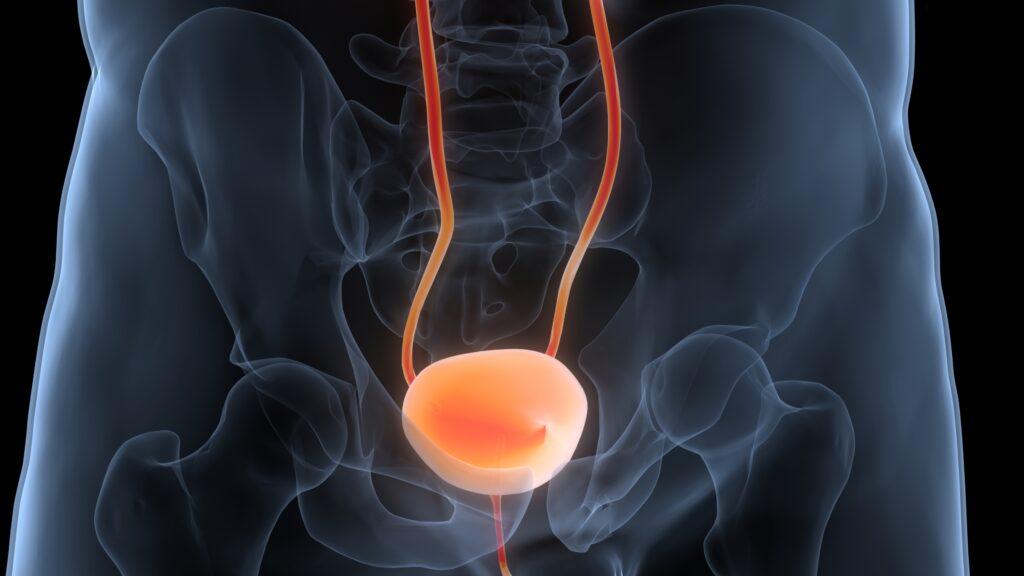According to a story from Medical Xpress, a recent study found that pelvic floor muscle training provided no additional advantage over bladder training in women with symptoms of overactive bladder. The results were published in the scientific journal Neurourology Urodynamics. The research was conducted at the School of Medical Sciences at the State University of Campinas, located in Brazil.
About the Study
This study was a controlled, randomized clinical trial that involved a total of 63 women who were experiencing overactive bladder symptoms. 31 of them received bladder training alone, and 32 received bladder training along with pelvic floor muscle training. These patients received training for a period of 12 weeks.
After this period, changes in several symptoms were assessed, including nocturia, urinary urgency, daytime frequency, and the International Consultation on Incontinence overactive bladder total score. Between the two groups, there were no significant differences, suggesting that pelvic floor training had no additional beneficial effect.
You can check out the original study abstract text here.
About Overactive Bladder
Overactive bladder is a condition in which a person experiences such frequent feelings of the need to urinate that it begins to disrupt their daily life and functioning. The problem can occur throughout the day or at night. Around 11% of people are affected by the condition. A definitive cause of the condition hasn’t been determined, but potential risk factors include constipation, caffeine use, being female, and obesity. Chronic pelvic pain, poorly treated diabetes, or poor functional mobility can exacerbate symptoms, which include a frequent urgent need to urinate, frequent urination (more than eight times a day), and nocturia (sleep disruptions due to the need to urinate). Urinary incontinence can also occur, and around 40% of people with the condition experience this symptom. Management techniques include moderating caffeine intake and fluid consumption, antimuscarinic drugs, bladder training, Botox, and even surgery in serious cases. To learn more about overactive bladder, click here.



